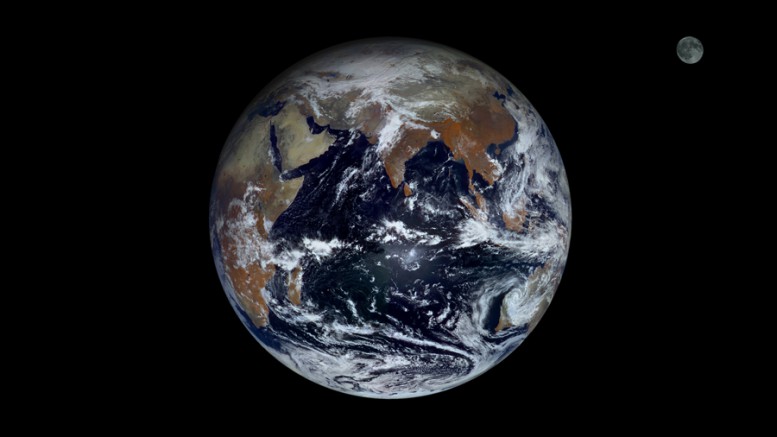On January 20, 2011, the Russian meteorological satellite Electro-L went into space. After putting into geostationary orbit, at an altitude of 36 thousand km above the Earth’s surface, and a number of preparatory operations, the satellite began to create beautiful images of our planet. Six months after the launch, he reached the nominal operating mode, and now for more than two years he has been sending her portrait to the Earth every 30 minutes. The satellite resolution reaches 1 km per pixel, and the total size of each image is 124 megapixels.
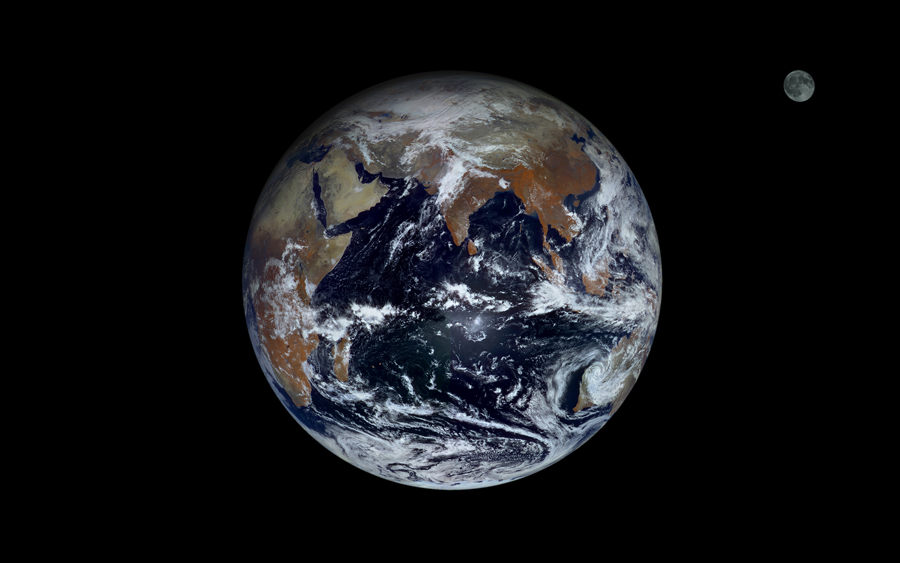
Thanks to this survey, we can observe the passage of typhoons , dust storms, large fires , even solar eclipses , on the surface of our planet. When I say “we,” I mean, indeed, of every person, since all satellite data is open to everyone, which is a unique phenomenon for the Russian cosmonautics.
Images are available on the FTP server of the Scientific Center for Operational Monitoring of the Earth , related to Roscosmos, and the Planet Research Center , which is a division of Roshydromet.
So that everyone can enjoy the beauty of our planet, I prepared a picture for January 21, 2014 in large format (12 mb) and very large (on GigaPan).
Here you can see the condensation traces of aircraft over the Mediterranean Sea (more precisely, the clouds that formed on their basis):
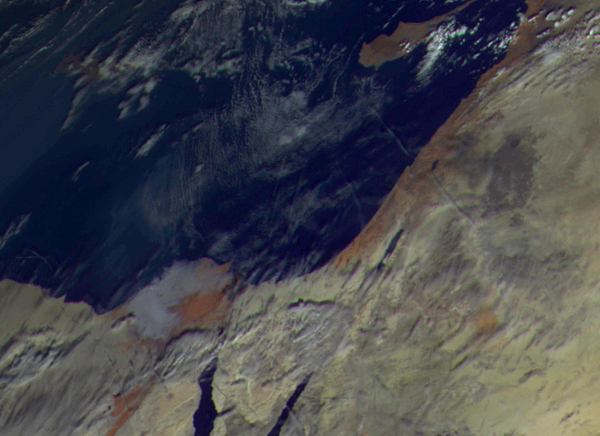
Semi-Frozen Baikal:
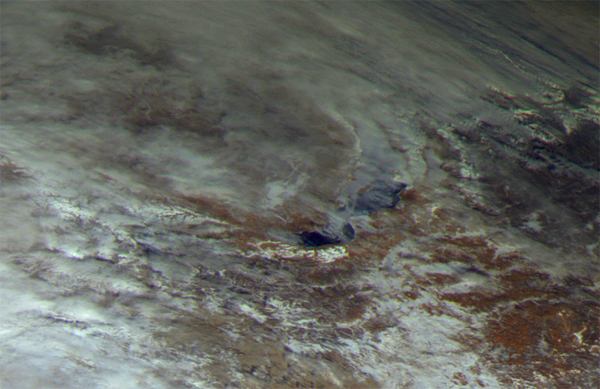
Cyclone in Western Australia:
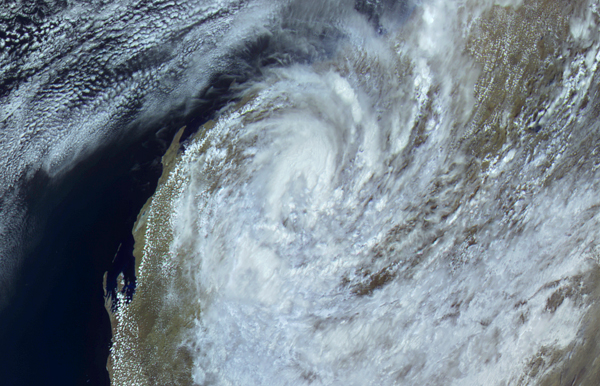
Unusual cloudy front over Pakistan:
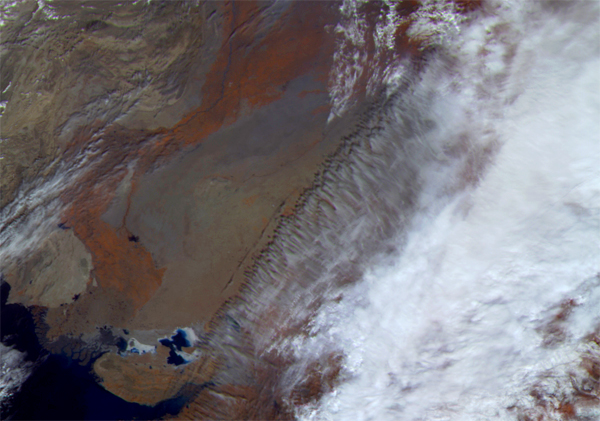
And there are many other unusual and colorful phenomena that together add up to the picture of the most beautiful cosmic body in the Universe – our planet Earth. Look for the Maldives, see the red clouds illuminated by scarlet over Europe, find a chain of mini-typhoons off the coast of Antarctica, imagine what it is like for the inhabitants of the Arctic, immersed in the shadow of a polar night … This is an indescribable sensation from a trip over the planet, after which even the landscapes from the movie “Gravity” do not seem something unique. And looking at the NTsOMZ server you can find the pictures that were taken three hours ago, i.e. Electro-L acts as an online webcam for the entire Earth.
I must say a few words about the unusual color of the image. The satellite captures with the capture of the near infrared range, and when creating color images, the infrared channel is used instead of red. This is done in order to better identify the surface features of the planet. Living vegetation reflects the near infrared color much better, therefore, the more “orange” the color in the Electro-L image, the “livelier” the greens on the planet’s surface, which we see in the jungles of Africa, India and Indochina.
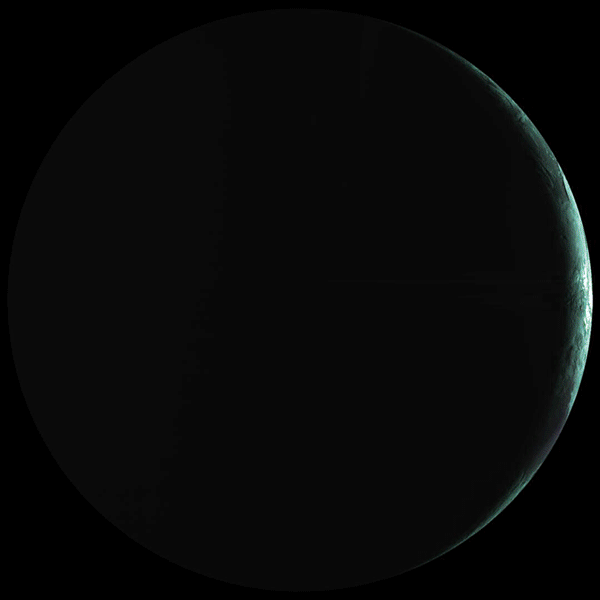
In addition to the direct useful information that Electro-L provides, its work in orbit is important as a demonstration of the capabilities of the new Navigator space platform developed at the NPO named after S.A. Lavochkina.

This is a set of equipment for orientation, control, power supply of scientific equipment installed on the platform. It is visible in the “rear” part of the spacecraft in the form of an octagonal block and ball fuel tanks, and a solar battery is attached to it.
This platform is now used on the Electro-L and Spektr-R devices ( Radioastron telescope ). In the future, it should become the basis of advanced spacecraft for astrophysical research, which will study the Universe in a wide range of ranges from ultraviolet to gamma. Later I will try to tell how their development is progressing.
Therefore, the longer Electro-L operates, the more it provides information about the operating features of Navigator, the more experience engineers and designers gain, the better and longer the next generation of Russian satellites will work.
Despite the fact that there are some problems with Electro-L related to both “technology” and “science”, I think, nevertheless, you can congratulate everyone who is somehow involved in the activities of this device.
And I will continue to talk about interesting things that happen in space.

